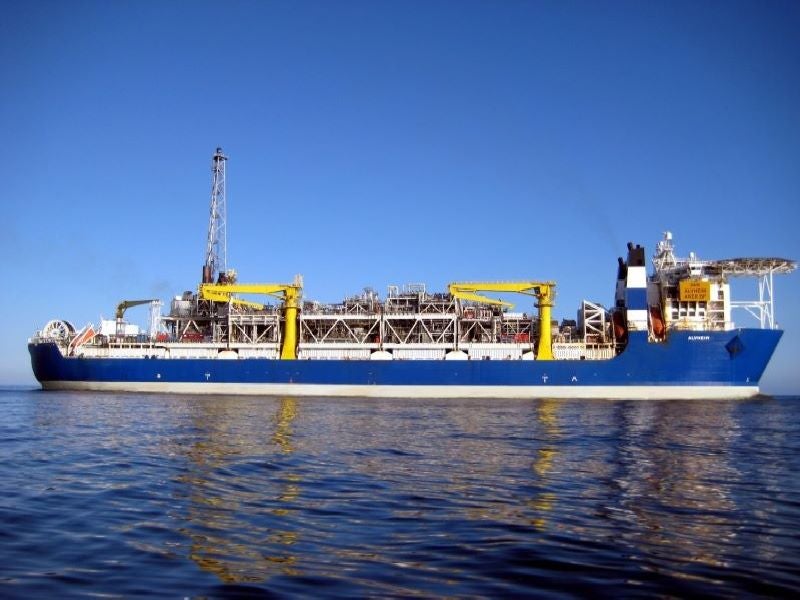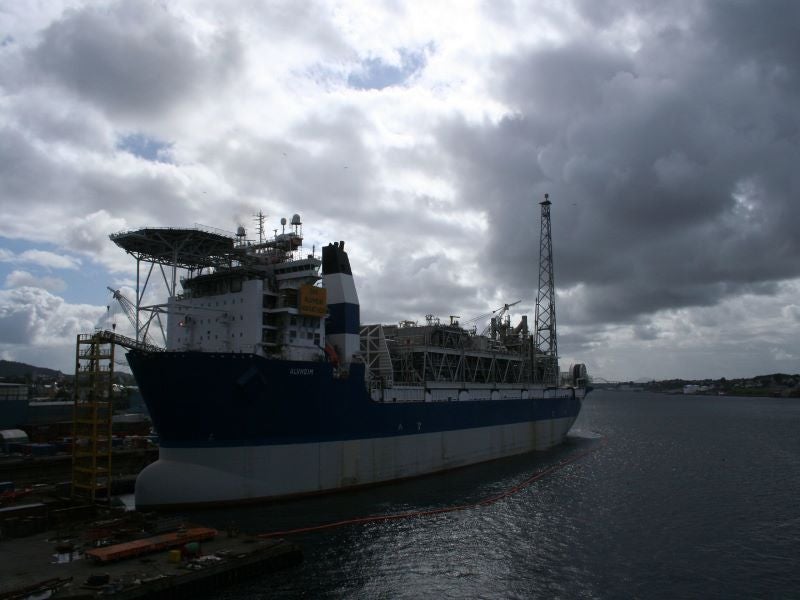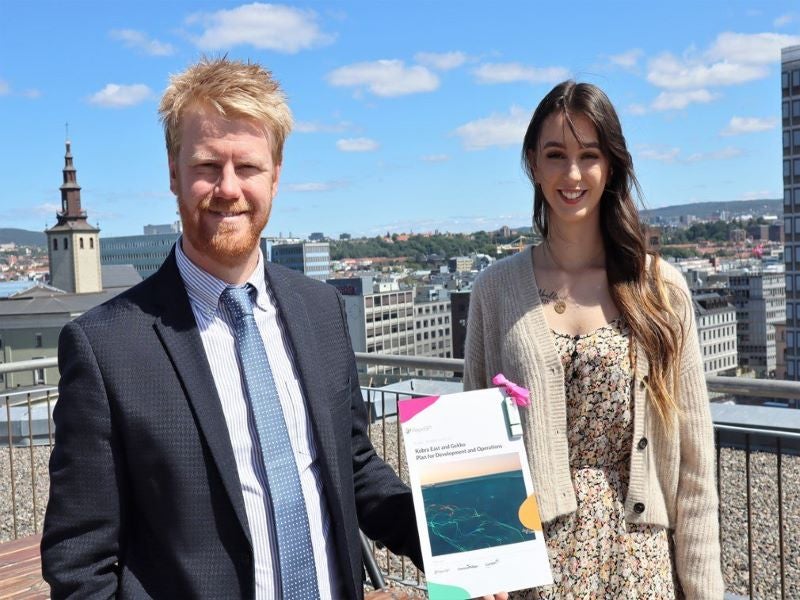The Kobra East and Gekko (KEG) project involve the subsea development and tieback of the Kobra East and the Gekko discoveries to the Alvheim floating production, storage, and offloading vessel (FPSO) in the Norwegian North Sea.
Aker BP is the operator of the KEG project and holds a 65% stake, while the other development partners are ConocoPhillips Skandinavia (20%) and Lundin Energy Norway (15%).
The plan for development and operation (PDO) for the KEG project was submitted to the Ministry of Petroleum and Energy, Norway in June 2021.
The total investment on the project is estimated to be approximately £675m ($935m) and the partners are yet to make a final investment decision (FID). The project is expected to commence production in the first quarter of 2024.
The total recoverable reserves from the KEG offshore development project are estimated to be approximately 40 million barrels of oil equivalent (Mboe).
Location and discovery
The Kobra East and Gekko discoveries are located in production license 203 in the central North Sea, Norway, approximately 10km southeast of the Alvheim FPSO.
Discovered in 1974, Gekko had undergone further appraisal activity in 2018. The Gekko reservoir comprises Paleocene sandstones of the Heimdal Formation.
Project development plan
The KEG project involves the subsea development of the Kobra East and the Gekko discoveries. As many as four multilateral wells will be drilled from two drilling locations Gekko South and Gekko North. The wells will be tied back to the Alvheim FPSO via the Kneler B manifold.
Drilling-related expenses are estimated to account for a major part of the project’s total investment.
When in operation, the KEG project is expected to double the oil production from the Alvheim FPSO, while extending its operational life up to 2040.
Alvheim area
The Aker BP-operated Alvheim field located in water depths ranging from 120m to 130m in the central North Sea, Norway started operations in June 2008. The field development comprises the subsea development and tie-back of satellite fields, including Bøyla, Vilje, Volund, and Skogul to the Alvheim FPSO.
The Skogul field, which commenced operations in 2020, is tied back to the Alvheim FPSO through the Vilje field.
The final investment decision for the Frosk field development, located in the Alvheim area, is expected in the third quarter of 2021.
The recoverable oil and gas resources in the Alvheim field area have continued to be increased from the original estimates at the time of field commissioning.
The other discoveries in the Alvheim area include Trell & Trine, Froskelår, and Rumpetroll that could also be developed as subsea tieback projects to the existing Alvheim FPSO.
Alvheim FPSO
A gas debottlenecking project and a water capacity upgrade project have been sanctioned for the Alvheim FPSO. The gas debottlenecking project is expected to increase the gas production capacity by 15% and enable the Alvheim FPSO to handle production for future tie-back projects.
The well stream is separated and processed on the FPSO. Shuttle tankers transport the oil from the FPSO to shore. The gas is exported via a pipeline from FPSO to Scottish Area Gas Evacuation (SAGE) pipeline, for further transport to St. Fergus gas terminal in Scotland.
The Alvheim FPSO is expected to produce one billion barrels of oil through the expansion of the Alvheim field and new tieback projects.





